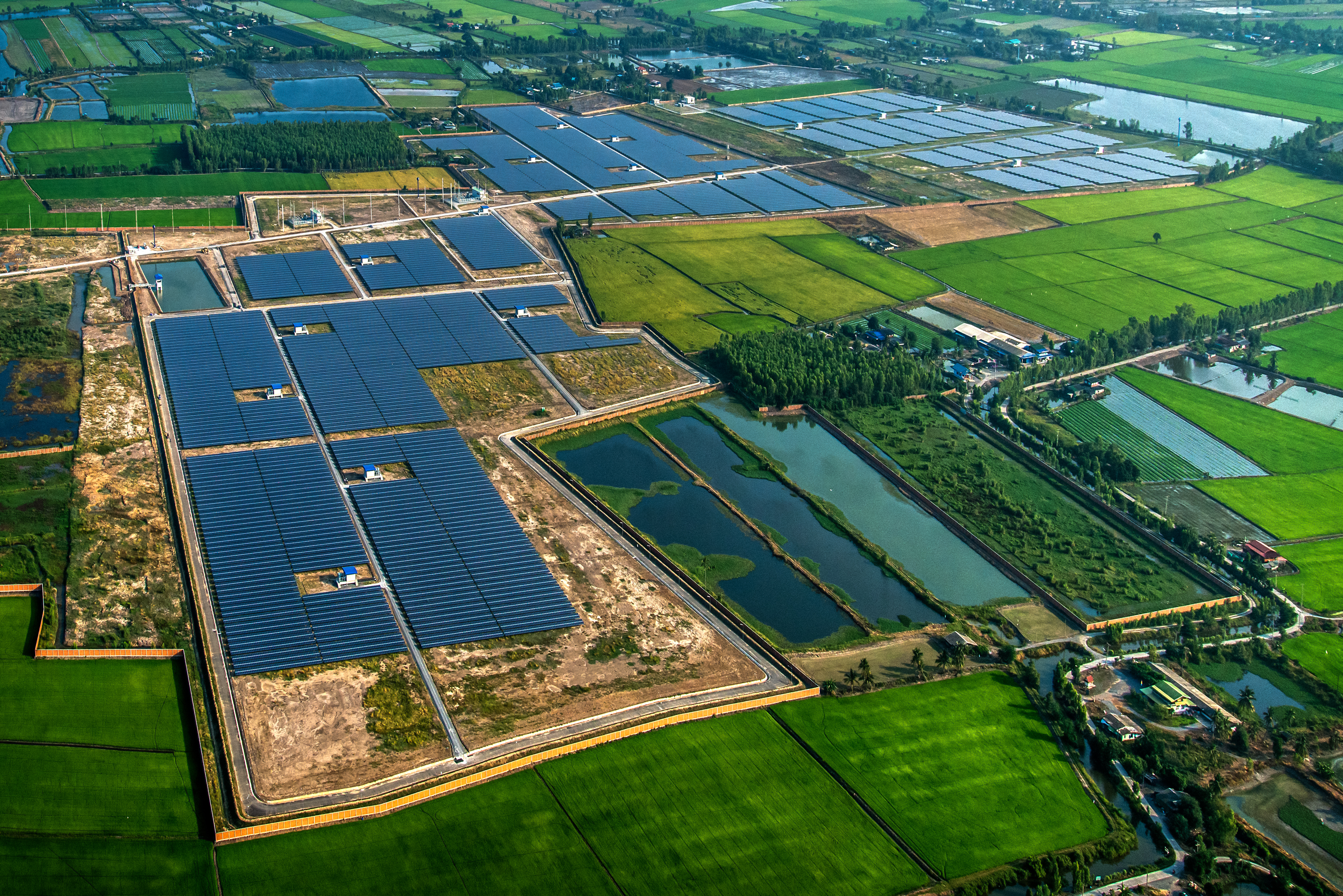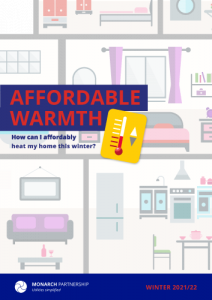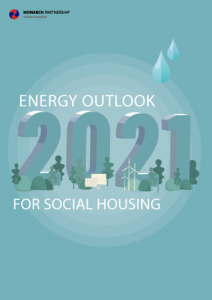Why do we need energy storage?
In a time when renewable energy is becoming increasingly important, the topic of energy storage has come to the forefront of the sustainability discussion. Simply put by KiWi Power, if we are to become “completely dependent on renewable energy, we need energy storage solutions”. Storing energy which has already been produced allows the end user to utilise it at a more convenient time when it’s actually needed, rather than having built-up surplus energy go to waste. Energy storage solutions are especially useful for periods when energy is not actually being produced, as it can mean that no energy needs to be taken from the National Grid during those times. This contributes to a lower level of wasted generated energy, and also means that the grid doesn’t need to generate as much, providing benefits on multiple levels.
But what exactly are the solutions?
Energy storage comes in a number of different forms:
- Solid state batteries – A range of electrochemical storage solutions, including advanced chemistry batteries and capacitors. These include electrochemical capacitors, lithium ion batteries, nickel-cadmium batteries, and sodium sulphur batteries. The benefits are that they’re long-lasting and lightweight, as well as being more efficient compared to traditional batteries.
- Flow batteries – Batteries where the energy is stored directly in the electrolyte solution for longer cycle life, and quick response times. This includes redox flow batteries, iron-chromium flow batteries, vanadium redox flow batteries, and zinc-bromine flow batteries. Flow batteries are usually low-cost, have quick response times, and produce no harmful emissions.
- Flywheels – Mechanical devices that harness rotational energy to deliver instantaneous electricity. These utilise kinetic energy with little to no impact on the environment, require hardly any maintenance, and are long-lasting.
- Compressed air energy storage – Utilising compressed air to create a potent energy reserve. This method includes advanced adiabatic compressed air energy storage and isothermal compressed air energy storage. The benefits include a significant reduction in CO2 emissions, and an overall low cost for the consumer.
- Thermal – Capturing heat and cold to create energy on demand, including methods such as pumped heat electrical storage, hydrogen energy storage, and liquid air energy storage. Thermal storage solutions are low cost, relatively easy to install, and can be used for long durations.
- Pumped hydro-power – Creating large-scale reservoirs of energy with water, which have minimal impact on the environment. This method is economically feasible and provides grid stability and frequency regulation.
Source: EnergyStorage.org
Let’s talk about the benefits
First and foremost, the cost of batteries is falling which means that they’re becoming a more attractive investment for consumers. In the solutions list given above, this relates to the first two points: solid state batteries and flow batteries. The more people that use batteries and begin to store surplus energy, the more viable the process will become – hopefully drawing level with, and then outperforming, use of fossil fuels. Hand in hand with this comes technological developments in the energy sector which is working all the time to make the batteries more powerful, more reliable, and more efficient.
Another obvious advantage to storing power stems from the fact that renewable energy sources often produce a variable amount of energy. The amount of sun or wind reaching solar panels and wind turbines is obviously weather-dependent and isn’t something which can be predicted, nor is it something that occurs consistently. By storing the surplus power produced on particularly windy or sunny days, a constant supply can be ensured. Further to this, solar panels and wind turbines don’t require much upkeep which makes them even easier to install and maintain. These factors all contribute to making renewable energy a bigger competitor for fossil fuels, and honing our renewable energy storage solutions will push us towards a more sustainable future.
What’s the future of energy storage?
Some reports suggest that energy battery storage could reach a point where, on some days, no power will need to be drawn from the grid, due to the vast amounts stockpiled from previous periods. An example of this is a site owned by B&Q, the homeware retailer, who own a distribution centre featuring 552 solar panels. At the moment, 35% of the solar power generated onsite is exported to the grid, but there are plans to add a battery storage system. This will allow 40% of the energy to be stored and used in the building at other times of day – including peak periods (to reduce pressure on the grid) or overnight. It’s estimated that B&Q will reduce this site’s consumption from the grid by 31% following the introduction of battery storage, which really does highlight the incredible environmental impact the storage system has.
Residents in Germany are also embracing energy storage with over 100,000 homes featuring grid-connected battery storage systems. Over a million homes in the country have rooftop solar panels, producing more energy as a nation than is actually needed. When this happens, German grid operators have to pay other countries and grids to use the surplus energy, however, with the introduction of energy storage solutions, things are changing. Now, individual homes can store their excess energy as an alternative to selling it back to the grid, a particularly useful solution for periods with less sun, leading to less solar power generation. Germany’s total number of household battery storage systems is continuing to rise, and the German Solar Association’s target of 200,000 systems to be reached within the next two years is a sure sign that there’s no slowing down.
As Kiwi Power say, “if we are to win the war against climate change, we need to start relying more heavily on renewable energy sooner rather than later”, and homing in on energy storage solutions will allow renewable sources to be connected to the grid. It is large-scale green energy projects which are going to make the difference, and the answer to the sustainable energy question is to start with large-scale energy storage.
Useful links
Monarch: Government boosts energy security
The Conversation: Redox flow batteries
Energy Live News: Anglian Water’s energy storage
The ADE: Energy storage















